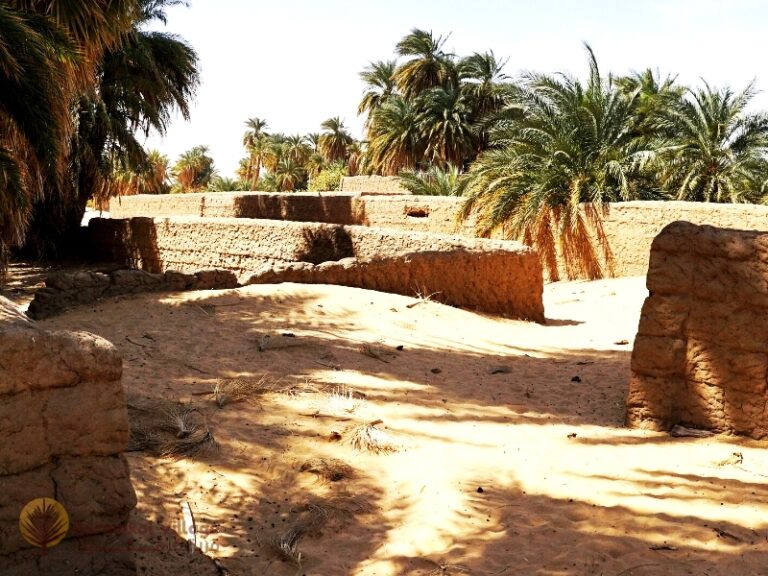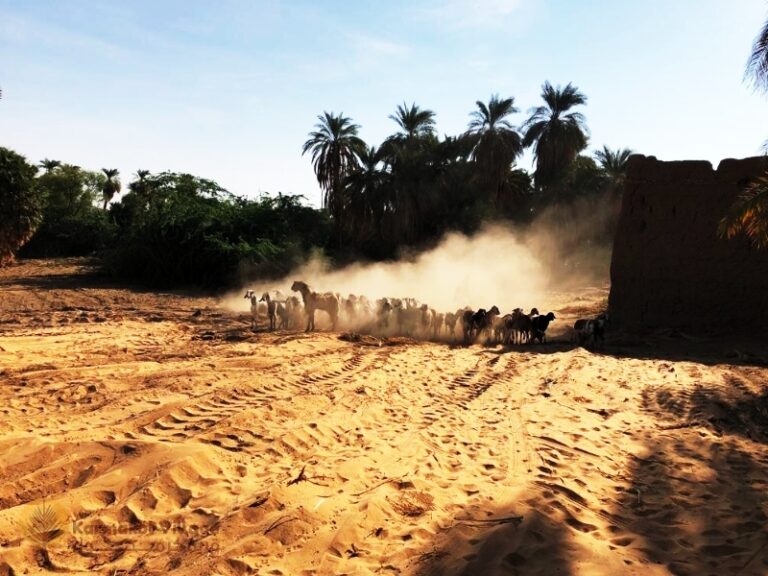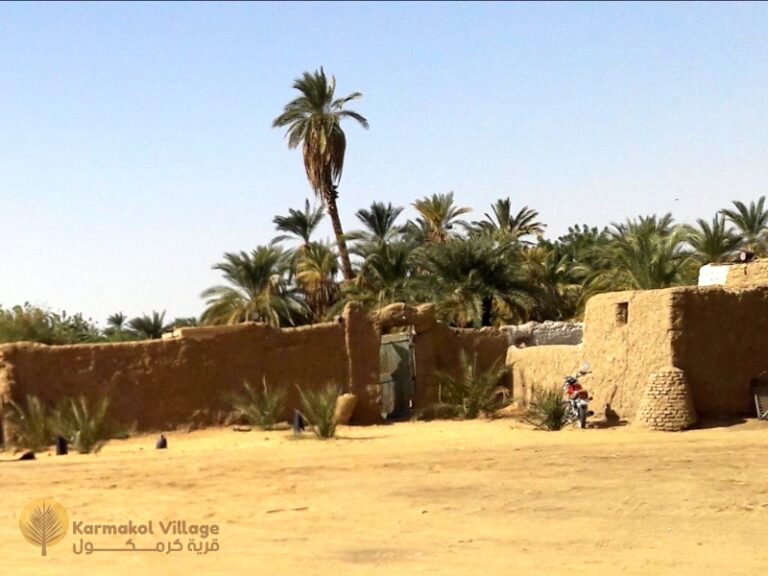[et_pb_section fb_built=”1″ _builder_version=”4.16″ global_colors_info=”{}”][et_pb_row _builder_version=”4.16″ background_size=”initial” background_position=”top_left” background_repeat=”repeat” global_colors_info=”{}”][et_pb_column type=”4_4″ _builder_version=”4.16″ custom_padding=”|||” global_colors_info=”{}” custom_padding__hover=”|||”][et_pb_text _builder_version=”4.16″ background_size=”initial” background_position=”top_left” background_repeat=”repeat” global_colors_info=”{}”]
“—in December 2017.
The “rajul al-thalj” (snowman) is made of burnt clay bricks, cement mortar, reinforcing irons and finished with white paint. His dimensions are 260 x 520 cm.
It is an attempt to reverse the very characteristics of a popular representation in terms of aesthetics, materiality and performance. The monumental recreation of an abstracted snowman in a Saharan context performs no ritualistic or ceremonial function. It rather pays reverence to the birth of anthropomorphic figuration and the cultural environments where human ideotypes begin to appear.
I really appreciated the festival in Karmakol – the exchange between artists from different fields and the wonderful atmosphere at this beautiful place on the banks of the Nile. The local people were very friendly, helpful and open to new and unusual ways of expression.
In the meantime, I have already been to Karmakol three times to see how my “rajul al-thalj” is doing but also to visit the Omda of Karmakol and his family who have always supported my project.”


[/et_pb_text][/et_pb_column][/et_pb_row][/et_pb_section]


